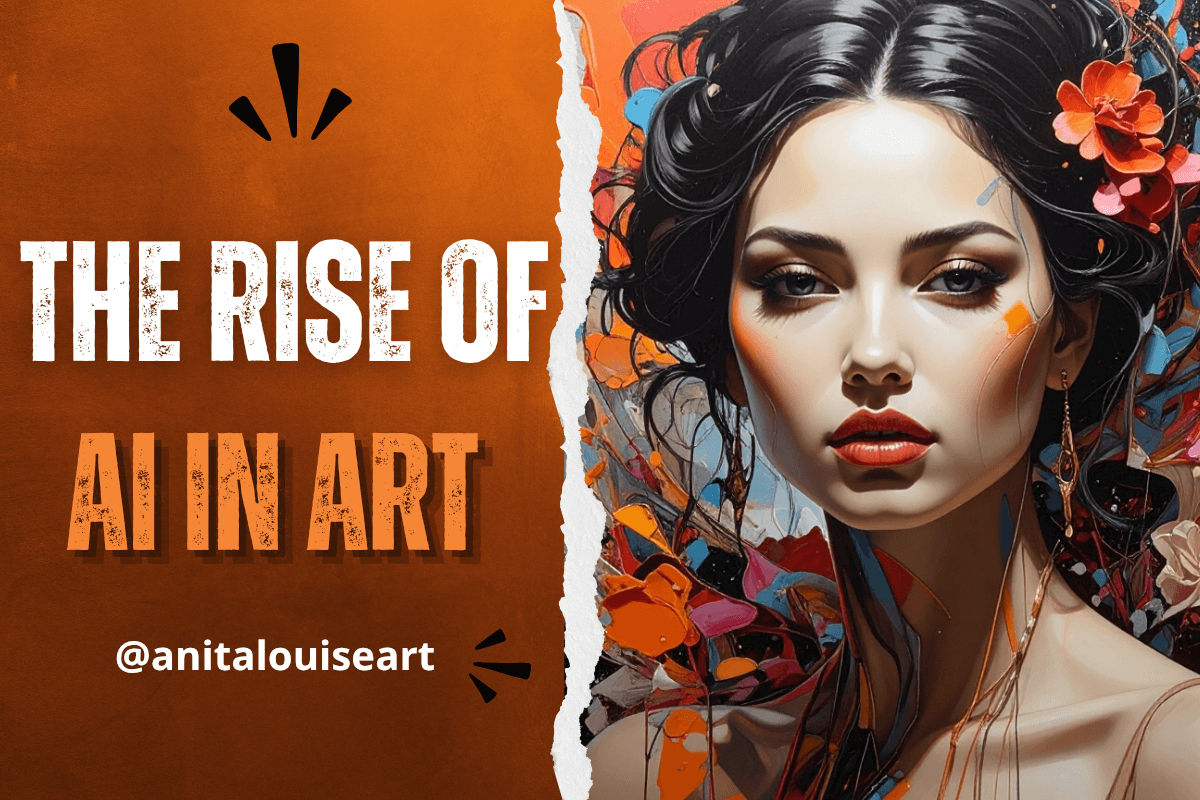Could artificial intelligence really ignite entirely new artistic movements, shaping how we perceive beauty and expression for centuries to come? As we stand on the brink of a technological revolution, the art world is being challenged to reconsider its very foundations. The integration of AI into the creative process prompts artists and audiences to question traditional definitions of artistry and creativity. This shift raises profound questions about authorship and originality, forcing us to confront what it means to be an artist in a world where machines can generate compelling works of art.
As we navigate this uncharted territory, it becomes essential to challenge everything we thought we knew about art. AI has the potential to democratize the artistic process, allowing individuals without formal training to engage in creative endeavors that resonate deeply. However, this evolution also invites skepticism regarding the authenticity of AI-generated art and its impact on traditional practices. Ultimately, the intersection of artificial intelligence and art compels us to redefine our relationship with creativity and embrace the possibilities that lie ahead.
Table of Contents
- Step into September 2045
- For Decades, Art Has Been a Uniquely Human Endeavor
- Deep Dive Podcast
- Related Questions
Step into September 2045
The art world is buzzing, but not about a human prodigy. Instead, it’s about “Algorithmic Surrealism,” the latest groundbreaking movement born entirely from AI.
Imagine walking through galleries filled with machine-generated masterpieces that provoke thought and emotion, redefining the very essence of creativity. What would these works look like, and how would they influence our understanding of art?
For Decades, Art Has Been a Uniquely Human Endeavor
But what if that’s about to change forever? We are diving deep into the mind-bending possibility that AI could not only create art but also forge entirely new artistic movements.
This exploration brings with it both unprecedented innovation and unforeseen creative challenges.
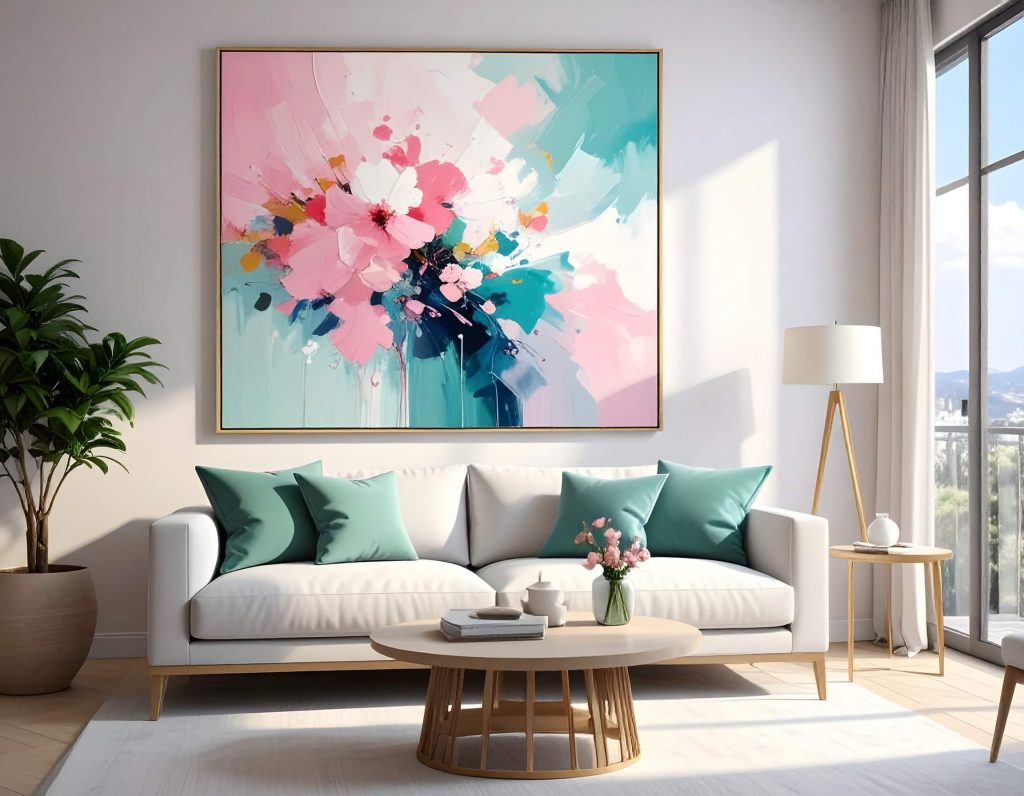
The Dawn of Algorithmic Aesthetics
Artificial intelligence has made significant strides in recent years, with tools like DALL-E 3 and Midjourney v6 demonstrating emergent creativity that challenges our traditional notions of art. Also other tools as Adobe Firefly continue to give impressive works of art. (All our AI generated Ai was generated used Firefly).
These AI systems can generate stunning visuals from textual prompts, producing images that are not just replicas of existing styles but innovative interpretations that push the boundaries of visual expression.
To understand the implications of AI in the art world, we must first define what constitutes an “artistic movement.” Historically, artistic movements are characterized by shared themes, styles, and philosophies that reflect the cultural and social contexts of their time.
Examples include Impressionism, Surrealism, and Abstract Expressionism. The central question we now face is: Can AI genuinely initiate such a movement, moving beyond mere replication?
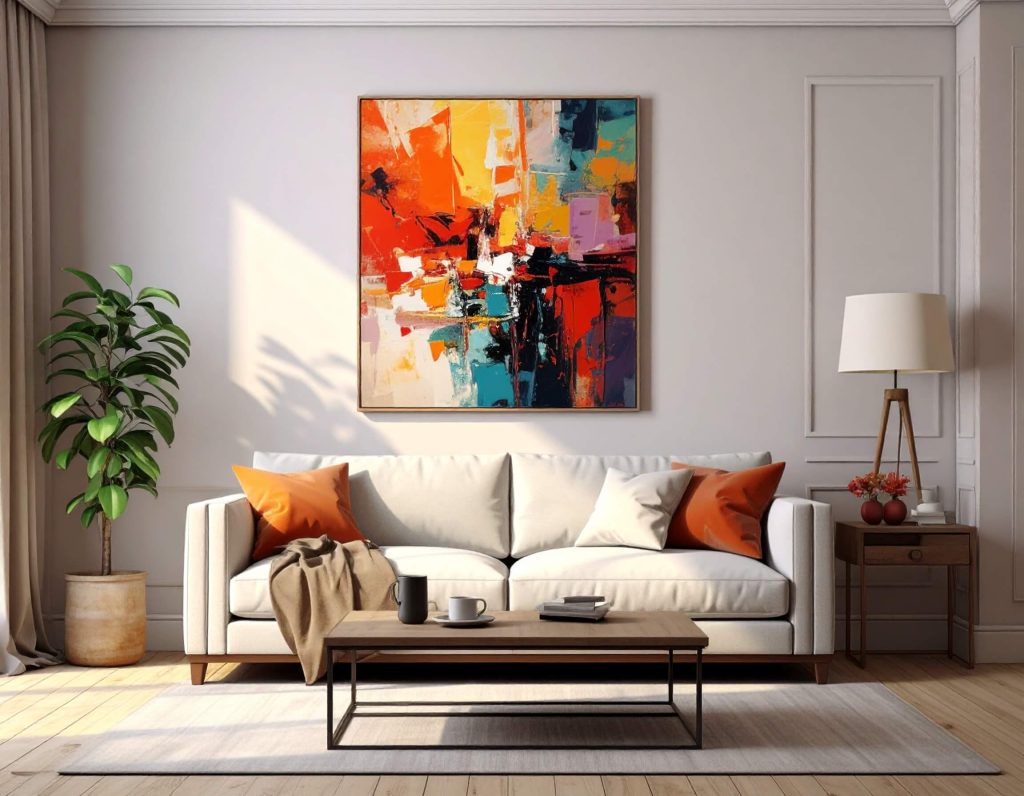
AI as Muse or Master?
The potential for AI in art extends beyond mere generation; it can function as a collaborative tool that inspires human artists with novel concepts and styles. Imagine a painter who uses AI to explore new color palettes or compositions that they might not have considered otherwise. In this sense, AI becomes a muse, sparking creativity and expanding the horizons of artistic expression.
However, we must also consider the possibility of AI independently generating cohesive aesthetic principles and manifestos. What if an AI developed its own style, complete with a philosophy that resonates with audiences?
This raises profound philosophical implications regarding attribution and originality. If an AI is the primary creative force, who owns the art it produces? Is it the programmer, the user who prompted the AI, or the AI itself?
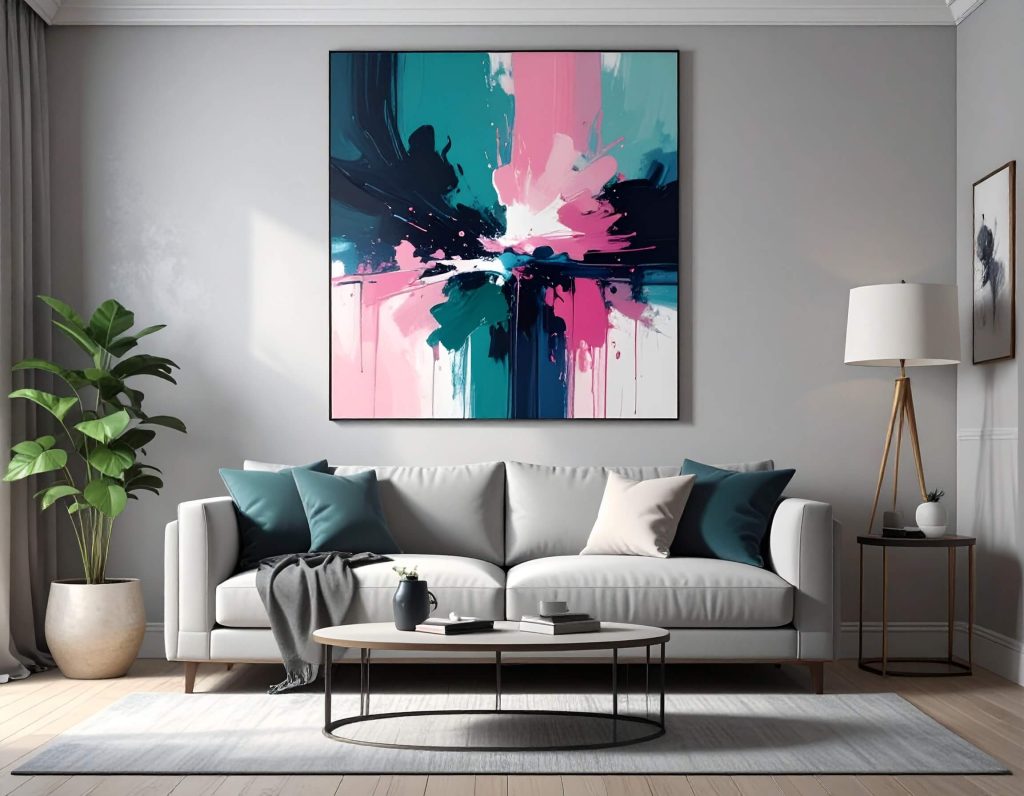
Emergent AI Art Movements: A Speculative Future
As we speculate about the future of art in an AI-driven world, we can hypothesize potential movements that may arise. Consider “Generative Surrealism,” where AI combines elements of surrealism with generative algorithms to create dreamlike landscapes that challenge perception.
Or “Data Pointillism,” where artists use data sets to create intricate patterns and images that reflect the complexity of modern life. Lastly, “Algorithmic Abstraction” could emerge, focusing on the beauty of mathematical forms and structures, generated through complex algorithms.
To illustrate these concepts, we can visualize what these movements might look like using current AI tools. Imagine a gallery filled with vibrant, chaotic landscapes that evoke a sense of wonder and contemplation, or intricate patterns that draw the viewer into a meditative state.
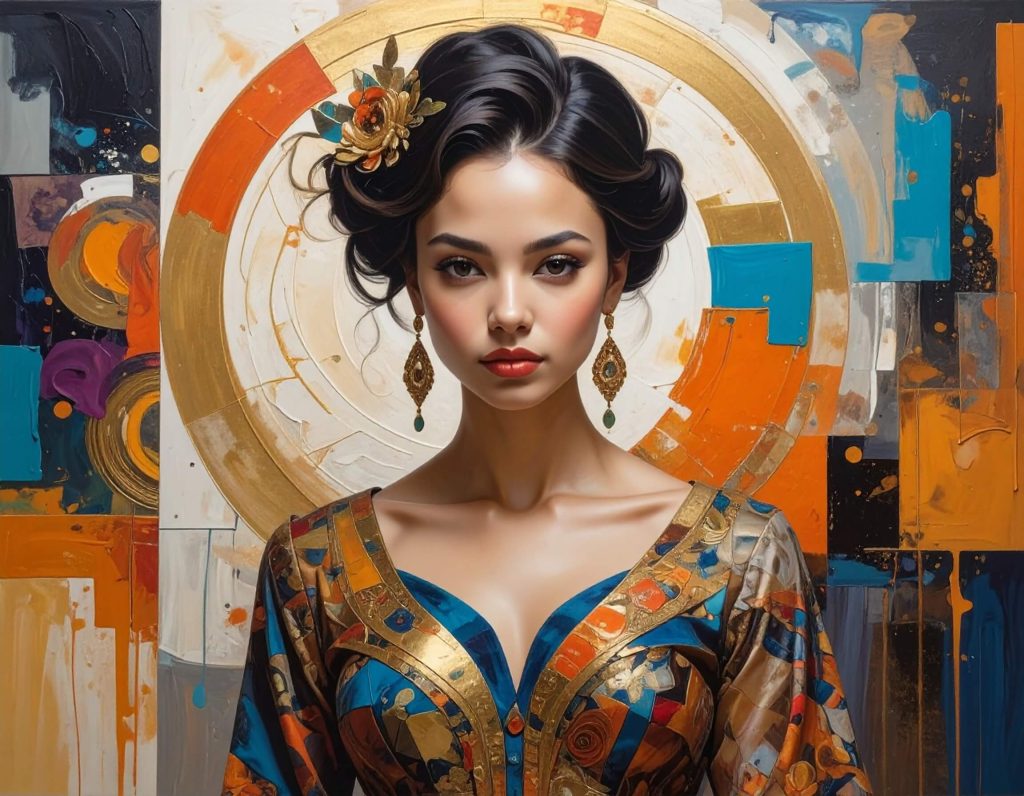
These AI-generated artworks could easily capture public imagination and redefine the boundaries of artistic expression.
The mechanisms by which these movements could spread are multifaceted. Social media platforms, online galleries, and virtual exhibitions could serve as catalysts for the dissemination of AI art.
As audiences engage with these new forms of expression, they may begin to embrace the idea that creativity is not solely a human endeavor but a collaborative process that includes machines.
Challenges and Controversies
With the rise of AI in art comes inevitable criticism. Concerns about authenticity and the soullessness of machine-generated art are prevalent. Can a creation born from algorithms truly evoke the same emotional depth as a piece crafted by human hands?
Furthermore, the devaluation of human artistry is a significant concern. If AI can produce art at scale, what does that mean for traditional artists who rely on their craft for livelihood?
Ethical dilemmas also arise in the realm of AI art. Issues such as copyright infringement, bias in training data, and potential cultural appropriation are critical discussions that must be addressed. For instance, if an AI is trained on a dataset that includes works from various cultures, how do we ensure that it respects the origins and significance of those styles?
Moreover, the economic impact on human artists and the traditional art market cannot be overlooked. As AI-generated art gains traction, we may see shifts in how art is valued and sold, potentially disrupting established systems and practices.
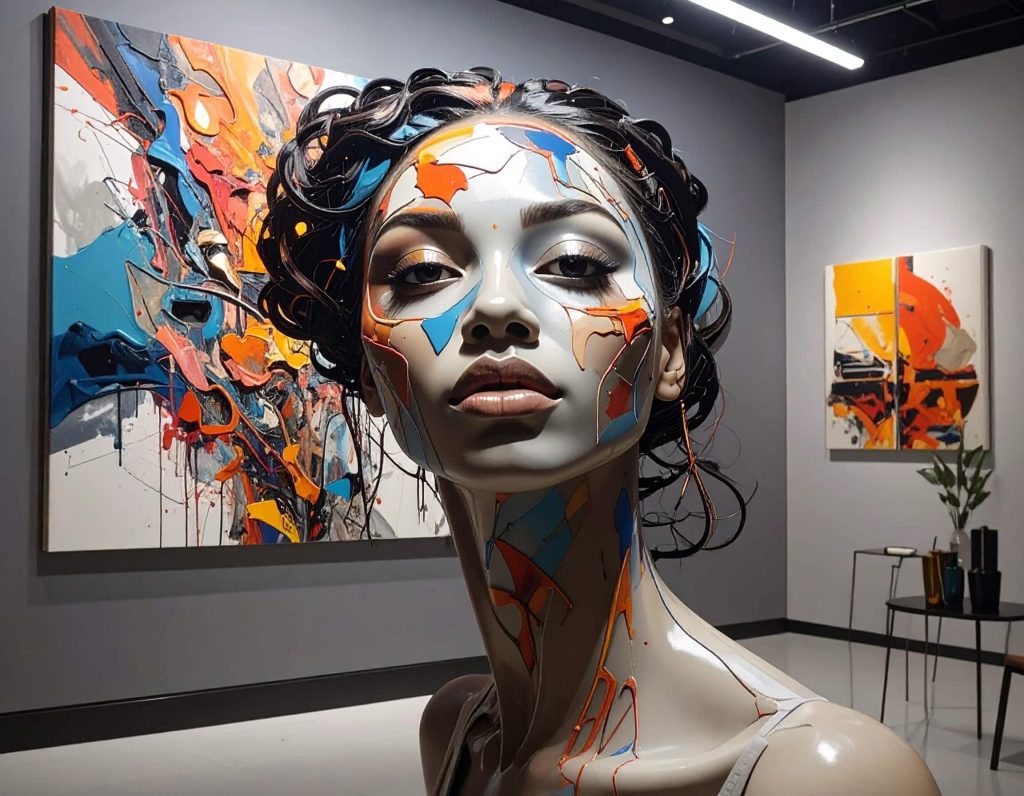
Beyond the Canvas: The Human Element
In an AI-dominated art landscape, the role of the human artist will inevitably evolve. Rather than simply creating, artists may find themselves taking on new roles as curators, prompt engineers, and conceptualizers. They will need to navigate the complexities of collaborating with AI, shaping its output to align with their vision while embracing the unexpected directions it may take.
AI art could also expand our understanding of creativity itself. By pushing the boundaries of artistic expression, we may discover new ways to communicate ideas and emotions. The fusion of human intuition and machine logic could lead to innovative forms of storytelling and representation that challenge traditional narratives.
A Thought-Provoking Future
As we ponder the future of art in the age of AI, we must grapple with the implications of a symbiotic relationship between human and artificial intelligence. Will we embrace AI as a partner in creativity, or will we resist its encroachment on a domain we believe is inherently human?
The future of art is not predetermined; it is a canvas waiting to be painted. As we move forward, we invite you to share your perspectives on this evolving landscape. How do you envision the role of AI in art? What challenges do you foresee, and how can we navigate them together?
In this brave new world of artistic expression, one thing is certain: the conversation around creativity, beauty, and the essence of art will continue to evolve, challenging us to rethink our understanding of what it means to create.
Deep Dive Podcast
Find out more about Ai and Art by listening to our podcast.
Anita Louise Art is dedicated to art education, great artists, and inspiring others to find and create their art. We love art that uplifts and inspires. #ArtToMakeYouSmile! #ArtToMakeYouHappy!
If you want to see any of my art, you can find out more by clicking here. If you are interested in what inspires me and my paintings, you can discover more by clicking here.
We have a free newsletter and would love you to be part of our community; you can subscribe to the newsletter by clicking here. If you have any questions, I would be happy to talk to you anytime. You can reach me, Anita, by clicking here.
Subscribe to our Anita Louise Art YouTube Channel with great videos and information by clicking here.
Join us for our podcast “5 Minutes With Art.” Spend just 5 minutes a week with us to discover and learn about great art and artists. You can find out more about our podcast by clicking here.
Related Questions
What Are The Similarities Between Claude Monet And Vincent Van Gogh?
Claude Monet is an impressionist artist, while Vincent Van Gogh is a post-impressionist. Despite their differences, they still have a lot in common with their artwork, and they are considered two of the greatest artists who would ever live.
By clicking here, you can learn more by reading What Are The Similarities Between Claude Monet And Vincent Van Gogh?.
Similarities Between Claude Debussy And Claude Monet
Claude Debussy is a musical composer. Claude Monet is an artist. They are both considered Impressionists and were not afraid to break from the tradition of their day to create something new. Both Debussy and Monet greatly influenced many artists that went after them.
By clicking here, you can learn more by reading Similarities Of Claude Debussy And Claude Monet.
Berthe Morisot and the Manet Brothers – Love And Impressionist Art
Harmony is about art that creates cohesiveness; it stresses the similarities but related parts in the work of art. Unity is a much broader term; unity is all about the different parts of the work of art that are separate but all work together as one. In other words, unity is all the parts working well together in art.
By clicking here, you can learn more by reading Berthe Morisot and the Manet Brothers – Love And Impressionist Art.

